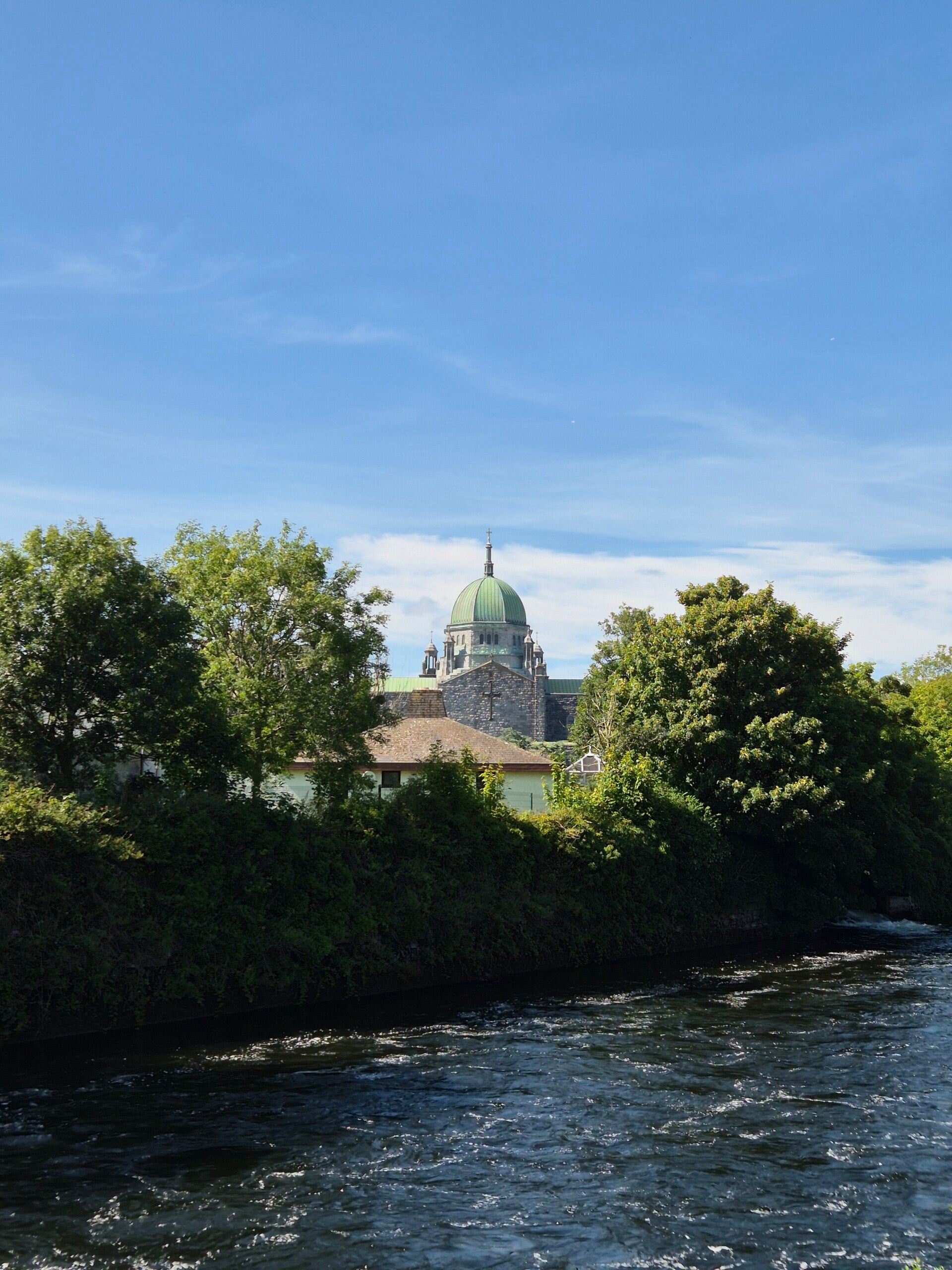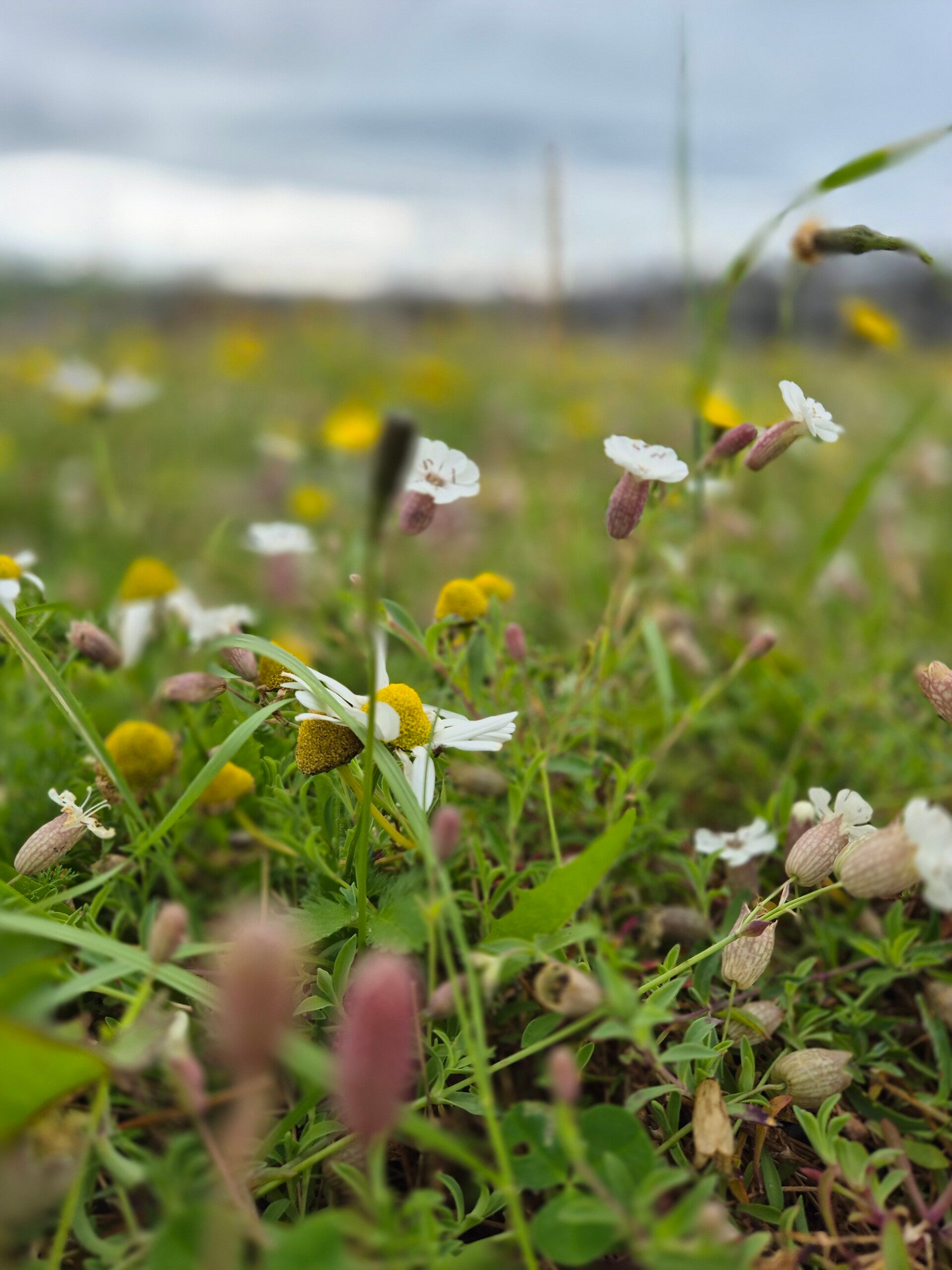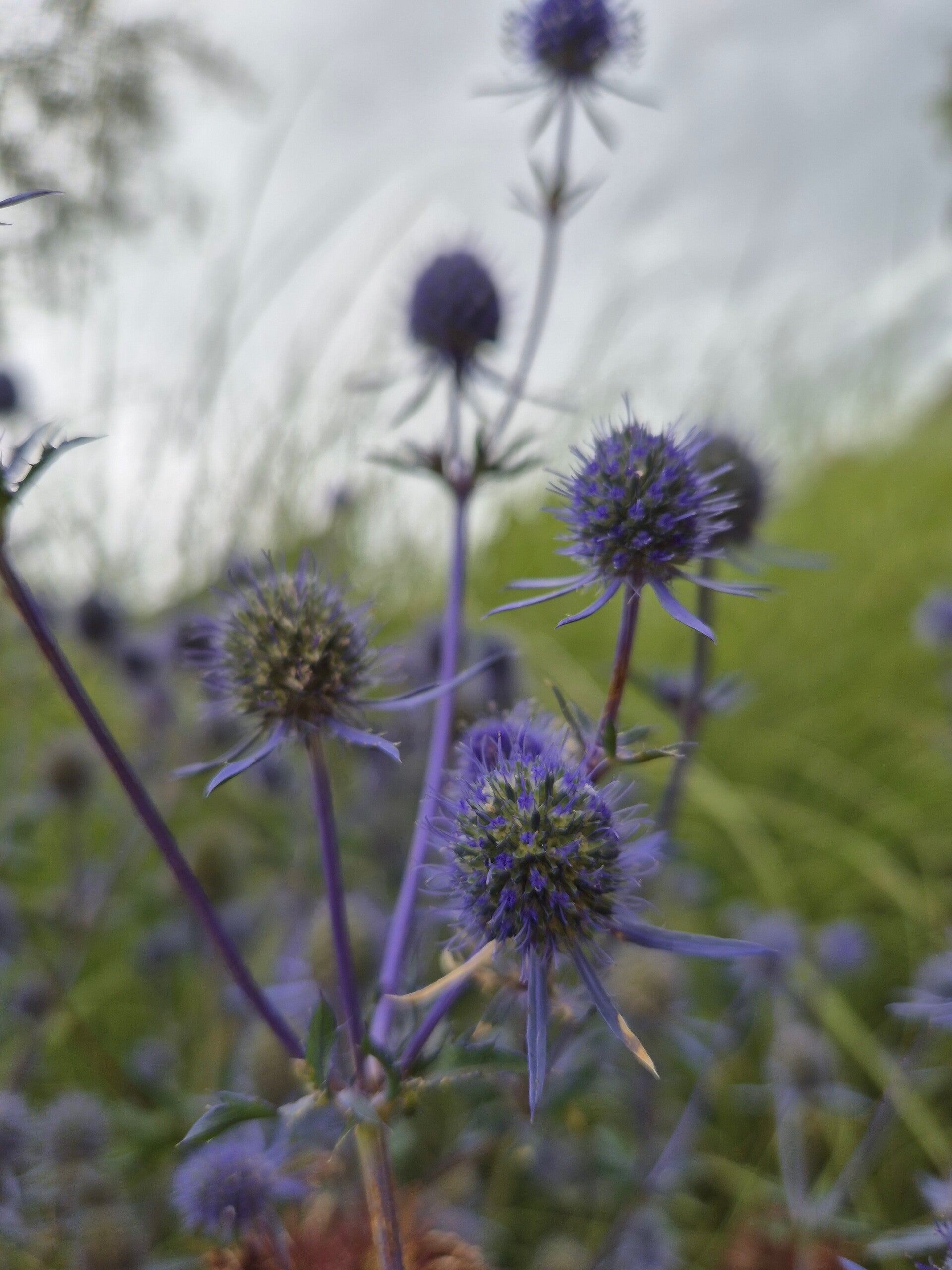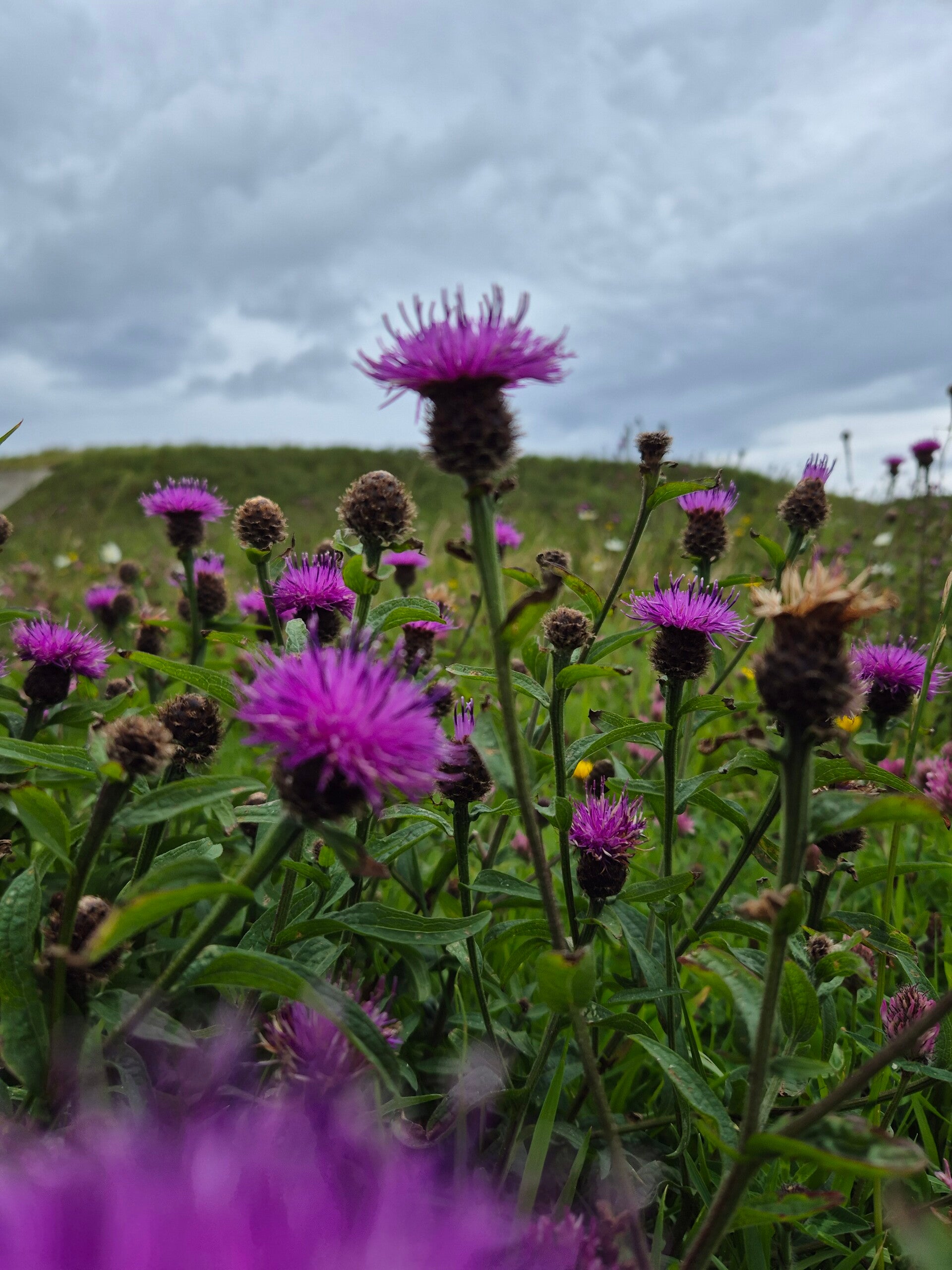
The Irish Language –Gaeilge
A Living Legacy
Fáilte! (That means “Welcome!”)
Ireland’s native language, Irish or Gaeilge, is more than just words – it’s a connection to our past.

Irish / Gaeilge (Gwayl-guh)
Irish is a symbol of national pride, and a unique part of what makes Ireland so special. While most Irish people speak English in daily life, Irish is still spoken fluently in certain parts of the country and taught in every school. You’ll see it on road signs, hear it in traditional songs, and maybe even catch a few phrases during your trip!


A Bit of History
Irish is one of the oldest living languages in Europe, with roots that stretch back over 2,000 years. It belongs to the Celtic language family and was once the dominant language spoken across the island. However, following centuries of British rule, emigration, and cultural shifts, the number of native speakers declined. Thankfully, in recent decades, there’s been a strong revival, especially in education and media.

Where is it Spoken?
Gaeltacht areas (Irish-speaking region), such as parts of Connemara, Kerry, Donegal, or the Aran Islands, you’ll hear Gaeilge used naturally in shops, schools, and homes. Even outside these areas, Irish phrases and greetings are sprinkled throughout daily conversation, and it’s very common to see bilingual signs.
But, Why do they Matter?
Irish isn’t just about communication – it’s about identity. It shapes the way Irish people tell stories, express emotions, and connect with their heritage. Many Irish place names, myths, and traditions only make full sense when you understand the original language behind them.
...it's a cornerstone of Ireland’s cultural survival and language revival. Its continued support is vital for the preservation of Irish as a spoken, living language in modern society.


Now, Your Turn
Here are a few fun and useful phrases:
-
Dia dhuit (DEE-ah Gwit) – Hello
-
Slán (Slawn) – Goodbye
-
Go raibh maith agat (Guh rev mah agut) – Thank you
-
Craic (Crack) – Fun / good times ("What's the craic?" = What’s happening?)
Don't worry if pronunciation seems tricky – it's part of the charm!
Personal Favorite
"Níl aon tinteán mar do thinteán féin."
Pronunciation:
Neel ayn TIN-chawn mar duh HIN-chawn fayn
Meaning:
Literally, it means "There’s no hearth like your own hearth," which captures the same cozy, heartfelt sentiment as the English version — emphasizing warmth, comfort, and belonging.
It's a traditional Irish proverb, often used to express affection for one’s home or homeland.